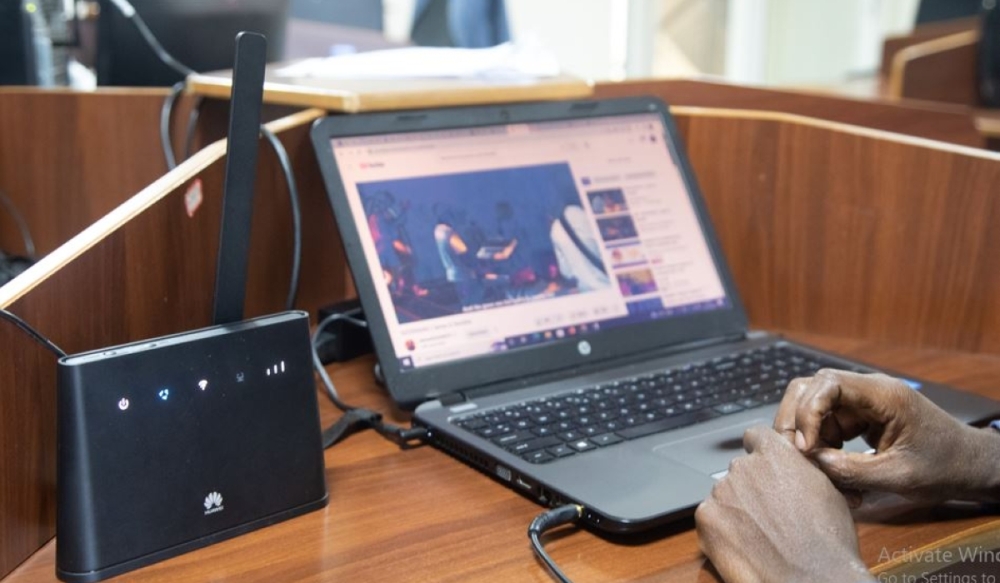

The Covid-19 pandemic initiated a shift towards online work and learning that had not existed before. As the crisis ended, schools reopened and offices returned to normal operations, yet remote work and distance learning remain viable options for some, depending on individual circumstances. This arrangement can be short-term or long-term. While it offers various benefits, it also poses certain health risks.
Working from home has led many, especially young people, to stay up late and wake up late. This irregular sleep-wake cycle, combined with inconsistent meal times, causes digestive issues, sickness, and early fatigue. Prolonged screen time also reduces physical activity, increasing the risk of obesity and related diseases such as diabetes, hypertension, and heart problems.
Prolonged use of computers and mobile phones is negatively impacting the eyesight of students and desk workers worldwide. Additionally, individuals experience finger cramps, abnormal sensations in their upper limbs and fingers, neck pain, and other health issues related to device usage. Extended sitting increases the risk of chronic back pain, neck pain, and musculoskeletal disorders. The absence of a set schedule for getting ready and moving can lead to procrastination, resulting in lethargy and increased work-related stress.
The absence of direct communication between teachers and students in online classes leads to poor language and communication skills, leaving students feeling unable to express themselves. This results in decreased motivation and self-confidence. Additionally, students struggle to maintain focus and retention in an online environment compared to physical classrooms. The lack of interaction with peers can also contribute to feelings of loneliness and depression among young learners.
These factors contribute to poor performance, exacerbating anxiety and depression. Office workers miss direct peer interaction, which enhances discussions. They often lack proper guidance and clear directions for their tasks, leading to confusion in decision-making and increased anxiety. Additionally, remote work typically lacks fixed hours, as it is assumed that working from home eliminates time constraints.
Long working hours lead to employee fatigue and burnout, resulting in stress and anxiety. Symptoms include dry mouth, sleep disorders, palpitations, and loss of appetite, which can lead to hypertension and heart issues.
Many professionals, particularly senior ones, become stressed and anxious due to being overwhelmed by all kinds of new unfamiliar products/materials, used for online work. The use of new devices by "digital immigrants” shakes their self-confidence and results in anxiety and stress. They feel unable to perform at their best as they would in a physical office or classroom.
There is nothing to be anxious about online work. The only thing needed is, one should be cautious to see that it does not affect their health in any way. It is important to take a break for at least 15 to 20 minutes, after working with a laptop or mobile phone for a continuous 2 to 3 hours. The screen should be well illuminated and the device kept at a suitable distance, so as not to strain the eyes while working. Ideally, the working room should be well-lit and ventilated. The chair and table being used for work should be adjusted such that the neck, back, and arms are not strained while working. A nutritious diet, regular exercise, and relaxation are essential to maintain good health, even in online work.
Dr Rachna Pande is a specialist in internal medicine.


